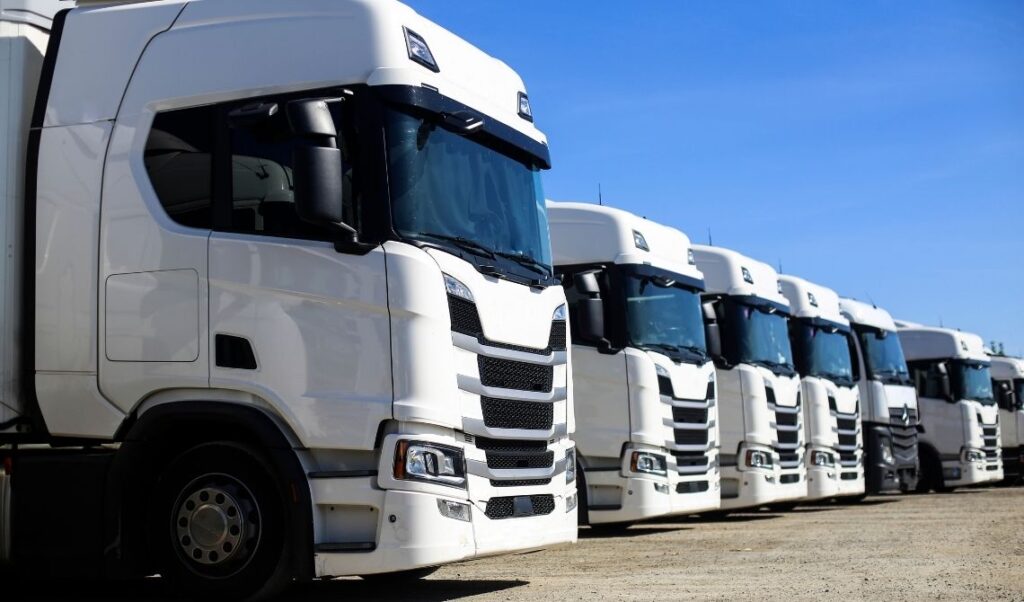Truck bumpers, often viewed as a mere shield against collisions, are far more than utilitarian components. This comprehensive exploration delves into the multifaceted world of truck bumpers, unraveling their essential protective role, diverse types, materials, customization trends, technological advancements, and the profound impact they wield on both safety and the aesthetic allure of trucks on the road.
The Fundamental Role of Truck Bumpers
- Collision Defense: Truck bumpers are the first line of defense in minimizing damage during collisions. Positioned at the front and rear, these components absorb impact energy, safeguarding crucial internal elements and, more importantly, mitigating injury risks to occupants.
- Pedestrian Safety: Beyond vehicle protection, bumpers contribute to pedestrian safety. Their design aims to lessen the severity of impact in the unfortunate event of a collision between a truck and a pedestrian, embodying a commitment to overall road safety.
- Aesthetic Contribution: While rooted in functionality, truck bumpers also significantly contribute to the overall aesthetic appeal of the vehicle. They serve as canvases for design, branding, and customization, allowing manufacturers and owners alike to make a visual statement on the road.
Types of Truck Bumpers
- Standard Bumpers: Standard bumpers, found on many trucks, fulfill basic safety requirements. They provide fundamental protection in low-impact situations and often serve as a canvas for customization and personalization.
- Heavy-Duty Bumpers: Common in commercial and off-road trucks, heavy-duty bumpers are constructed from robust materials such as steel or aluminum. These bumpers offer enhanced protection, ideal for demanding conditions and frequent off-road use.
- Off-Road Bumpers: Tailored for off-road enthusiasts, these bumpers feature reinforced designs, additional ground clearance, and integrated features like winch mounts. Off-road bumpers withstand impacts from rocks, debris, and other off-road hazards.
- Step Bumpers: Predominantly seen on pickup trucks, step bumpers combine functionality with protection. They include integrated steps, facilitating easier access to the truck bed while maintaining collision defense.
- Customized Bumpers: With the growing trend of personalization, truck owners opt for customized bumpers. These range from stylized designs to bumpers with integrated features like LED lighting, grille guards, or tow hooks.
Materials Used in Truck Bumpers
- Steel Bumpers: Steel bumpers, known for durability and strength, are common in heavy-duty trucks. While providing excellent collision protection, they contribute to the overall weight of the vehicle.
- Aluminum Bumpers: Aluminum bumpers offer durability without the added weight of steel. They are resistant to corrosion, making them attractive for truck owners seeking robust protection with reduced weight.
- Composite Bumpers: Composite materials, combining fibers and resins, gain popularity in bumper construction. Balancing strength with weight reduction, these materials contribute to improved fuel efficiency without compromising protection.
Technological Advancements
- Crash Avoidance Sensors: Modern truck bumpers incorporate crash avoidance sensors. These sensors work in tandem with safety systems, triggering pre-collision warnings, automatic braking, or steering interventions to mitigate collision impact.
- Energy-Absorbing Materials: Advanced materials, like polymer blends and reinforced plastics, enhance bumpers’ energy-absorbing capabilities. This aids in dissipating impact forces effectively, reducing the severity of collisions.
- Integrated Camera and Sensor Systems: Bumpers now integrate cameras and sensors to enhance visibility and awareness. These systems assist in parking, maneuvering, and detecting obstacles, contributing to overall safety.
Impact on Fuel Efficiency
The weight and design of truck bumpers can influence a vehicle’s fuel efficiency. While heavy-duty bumpers provide robust protection, they may contribute to increased fuel consumption. Manufacturers strive to strike a balance between durability and fuel efficiency.
VI. Compliance with Safety Standards:
Truck bumpers must adhere to safety standards set by regulatory bodies, including the National Highway Traffic Safety Administration (NHTSA). These standards ensure bumpers meet specific criteria for collision protection, pedestrian safety, and vehicle integrity.
Bumper Maintenance
Regular maintenance of truck bumpers is crucial to ensure their effectiveness and longevity. Cleaning, inspecting for damage, and addressing any issues promptly contribute to the overall safety and appearance of the vehicle.
Conclusion
Truck bumpers, often overshadowed by larger components, stand as silent sentinels at the forefront of road safety. Beyond their fundamental role in collision protection, they evolve with technological advancements, materials innovation, and customization trends. From heavy-duty defenders to personalized statements, truck bumpers play a multifaceted role in defining the character and safety of these formidable vehicles on the road. As we navigate the highways, let’s recognize the vital role these front-line defenders play in ensuring both the aesthetic appeal and safety of our trucks.
For detailed information: Truck Body Part

